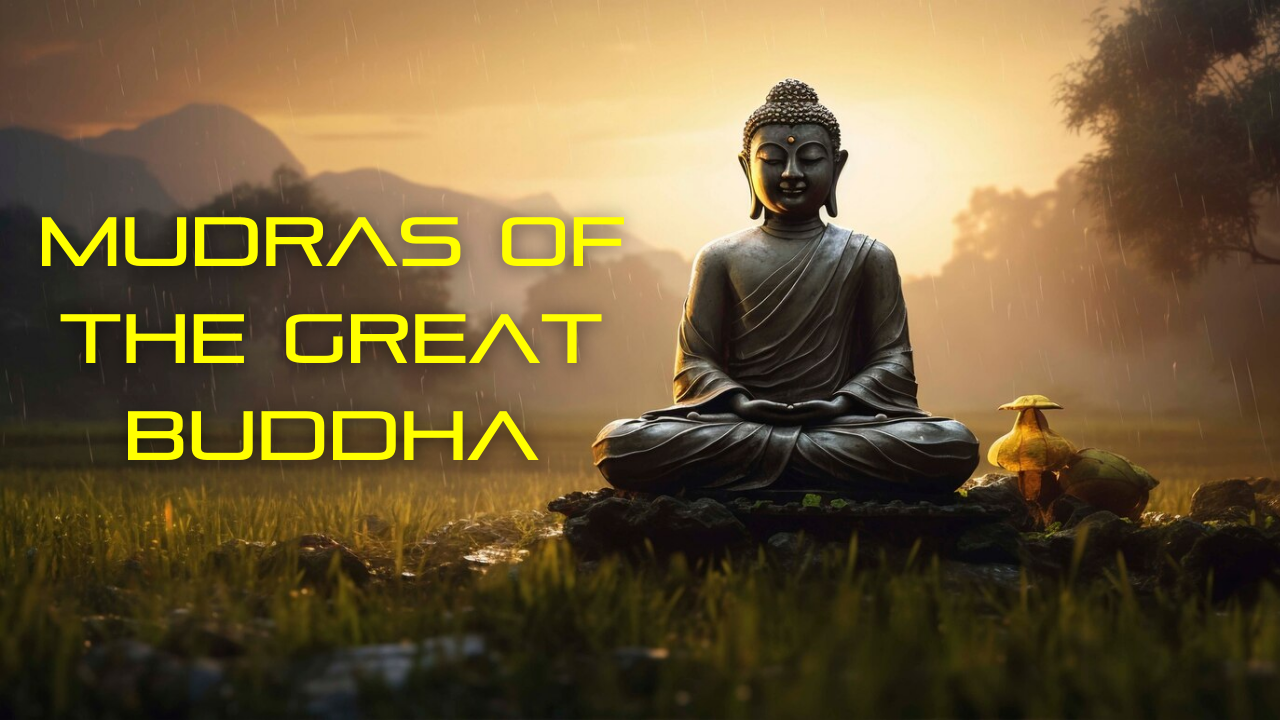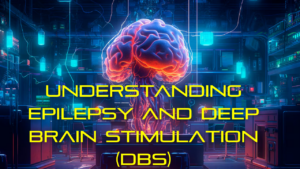Font size:
Print
Mudras of the Great Buddha: Symbolic Gestures and Postures
Context: In his first speech as Leader of Opposition in the Lok Sabha on Monday, Rahul Gandhi invoked the abhaya mudra, a raised open palm gesture symbolising reassurance and freedom from fear.
Introduction to Mudras:
- Mudras are non-verbal modes of communication and self-expression, consisting of hand gestures and finger postures.
- These symbolic sign-based patterns evoke ideas representing divine powers or deities.
- Used in Buddhist sculpture, painting, spiritual exercises, and ritual meditation, they symbolise divine manifestations.
Five Principal Mudras in Buddhism:

- Dharmachakra Mudra (Wheel of Dharma):
-
- Symbolises Buddha’s first sermon after Enlightenment.
- Formed by touching the thumb and index finger of both hands to create a circle, representing the union of method and wisdom.
- Represented by Dhyani Buddha Vairochana, transforming ignorance into wisdom.
- Bhumisparsha Mudra (Earth Witness):
-
- Represents Buddha’s enlightenment and call to the earth goddess to witness his attainment.
- Formed by extending the right hand to touch the ground while the left hand rests in the lap.
- Associated with Dhyani Buddha Akshobhya, transforming anger into mirror-like wisdom.
- Varada Mudra (Charity and Compassion):
-
- Symbolises charity, compassion, and boon-granting.
- Formed with the left hand extended downward, palm facing forward.
- Represented by Dhyani Buddha Ratnasambhava, transforming pride into the wisdom of sameness.
- Dhyana Mudra (Meditation):
-
- Represents meditation, concentration, and spiritual perfection.
- Formed with hands placed on the lap, right hand over the left, palms facing upwards.
- Associated with Dhyani Buddha Amitabha, transforming attachment into the wisdom of discernment.
- Abhaya Mudra (Fearlessness):
-
- Symbolises protection, peace, and dispelling of fear.
- Formed with the right hand raised to shoulder height, palm facing outward.
- Linked with Dhyani Buddha Amoghasiddhi, transforming jealousy into the wisdom of accomplishment.
- It is linked to Buddha post-Enlightenment and depicted in legends where he calmed a mad elephant with the abhaya mudra.
Significance of Mudras:
- Mudras enhance the significance of sculptural images, dance movements, and meditative poses, intensifying their potency.
- They are believed to bring physiological harmony with cosmic forces, creating a microcosm that represents the macrocosm.
- Performing mudras consciously helps control inner energy, leading to a graceful flow of energy and understanding.
Mudras in Buddhism:
- In Buddhism, mudras refer to hand and arm gestures used during ritual practice or depicted in images of Buddhas and bodhisattvas.
- Different gestures convey different moods and meanings, signifying the subtle manifestations of the Buddha’s states of realisation.
- The earliest depictions of the Buddha in physical form date back to around the first millennium in Gandhara art and later in Gupta period art.
Abhaya Mudra in Hindu Religion:
- The abhaya mudra also appears in Hindu depictions of deities, with Buddha being absorbed into the Hindu pantheon as the ninth avatar of Vishnu.
- This gesture is commonly seen in depictions of Lord Shiva, Lord Vishnu, and Lord Ganesha.







